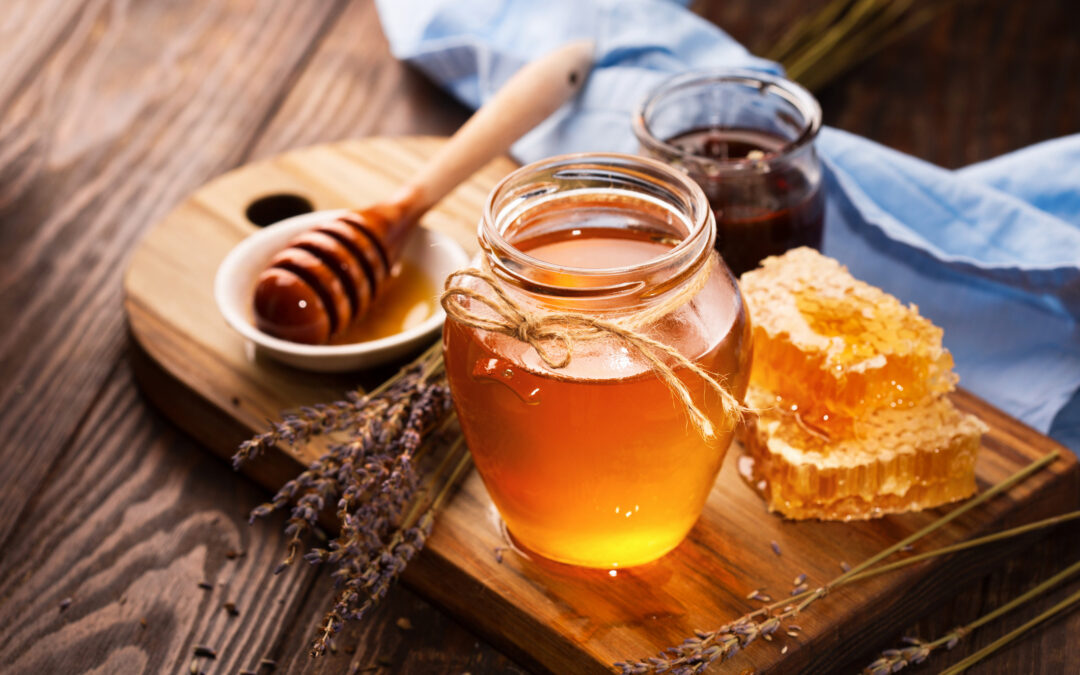Have you heard of mead or honey wine? It’s an ancient beverage making a comeback, captivating wine enthusiasts, home brewers, and history buffs alike. With its rich history and fascinating production process, mead offers a unique drinking experience that stands out in the world of alcoholic beverages. In this comprehensive guide, we’ll explore everything you need to know about mead, from its storied past to the various types you can enjoy today.
A Brief History of Mead
Mead, often referred to as “nectar of the gods,” boasts a history as ancient as human civilization itself. Some texts suggest that the ancient Greeks consumed a honey-and-water mixture to honor the goddess Aphrodite. It’s also believed that Nordic Vikings celebrated battles and long voyages with mead, making it a staple in their culture.
Historians speculate that mead originated anywhere from 20,000 to 40,000 years ago in Africa. Early tribes would drink the liquid created by honeybees that took up residence in hollowed-out tree trunks. This beverage then traveled across continents and eras, each culture adding its unique twist to the recipe.
In early England, mead was often infused with herbs and thought to aid digestion or improve depression. During medieval times, it was an essential part of marriage traditions, giving rise to the term “honeymoon.” Newlyweds would drink mead to boost fertility, believing in its magical properties.
How Mead is Made
Creating mead involves a fascinating fermentation process. The primary ingredients are honey, water, and yeast. Water is added to honey to dilute the thick liquid, then yeast converts the sugars in the honey to alcohol. Once primary fermentation is complete, the mead is moved into another vessel for further clarification.
Despite sounding simple, mead can be incredibly complex. The type of flower pollen used in honey can result in a wide range of flavor profiles, much like the variety found in wine grapes. While one might assume all mead is sweet, it can actually be brewed in a range of styles, from dry to semi-sweet to sparkling.
In terms of alcohol content, mead is similar to wine, ranging from eight to 20 percent ABV. And, like high-end wines, meads can age for several years, developing new layers of complexity and flavor.
Types of Meads
At its core, traditional mead consists of honey, water, and yeast. However, there are numerous subcategories that incorporate additional ingredients such as fruits, grains, and spices to create diverse variations:
Melomel
Melomel is a type of mead that includes added fruit juices. Within this category, there are sub-styles like Pyment (mead with grape juice) and Cyser (mead with apple juice). These fruit-infused meads offer a delightful range of flavors, appealing to both wine and cider lovers.
Metheglin
Metheglin is a style of mead that incorporates herbs and/or spices. One notable sub-style is Hippocras, which combines Pyment with a blend of herbs and spices. These meads are aromatic and often enjoyed as a spiced beverage.
Braggot
Braggot is a unique hybrid of beer and mead, where honey and grains are fermented together. This combination results in a drink that marries the best qualities of both beer and mead, offering a truly distinctive taste.
Acerglyn
Acerglyn is a variation of mead that includes maple syrup. This addition imparts a rich, sweet flavor that complements the honey base, making it a favorite among those who enjoy sweeter beverages.
Bochet
Bochet uses caramelized honey in its blend, resulting in a mead with deep, toasty flavors. The caramelization process adds complexity and richness, making Bochet a standout choice for those seeking a unique mead experience.
Global Variations of Mead
Mead’s popularity spans the globe, with each region contributing its unique twist to this ancient beverage:
Te’j
Te’j is an Ethiopian version of mead that incorporates gesho root, derived from an indigenous plant. This addition gives Te’j a distinct flavor profile, making it a beloved traditional drink in Ethiopian culture.
Medovukha
Medovukha is a higher-style mead consumed in Russia. Rich and potent, Medovukha is a testament to the diverse ways mead can be enjoyed across different cultures.
Hydromel
Hydromel is a watery version of mead found throughout Spain and France. Lighter and often enjoyed as a refreshing drink, Hydromel showcases the versatility of mead in various forms.
Mead in Modern Times
As the craft beverage movement continues to grow in the U.S., high-quality American meads are flourishing. Meaderies across the country are experimenting with flavors and techniques, bringing this ancient beverage into the modern age. From traditional meads to innovative blends, there’s something for every palate.
Why You Should Try Mead
Exploring mead offers several benefits for wine enthusiasts, home brewers, and history buffs alike:
- Unique Flavors: Mead provides a diverse range of flavor profiles, from dry and crisp to rich and sweet. Each bottle offers a new tasting adventure.
- Cultural Connection: Drinking mead connects you to ancient traditions and cultures, providing a sense of historical appreciation.
- Craftsmanship: Meaderies often prioritize quality ingredients and artisanal methods, ensuring a high-quality product.
- Community: Joining mead enthusiast groups or visiting meaderies can introduce you to a community of like-minded individuals who share your passion for this unique beverage.
Rich History with a Rich Flavor
Mead, often called the “nectar of the gods,” is a beverage with a rich history and a promising future. From its ancient origins to its modern resurgence, mead offers a unique and diverse drinking experience. Whether you’re a wine enthusiast, a home brewer, or a history buff, exploring mead can open up a world of flavors and traditions.
Ready to start your mead adventure? Begin by trying different styles and discovering your favorites. And if you’re interested in learning more or connecting with other mead enthusiasts, consider joining local mead clubs or visiting nearby meaderies.
Cheers to discovering the marvels of mead!

